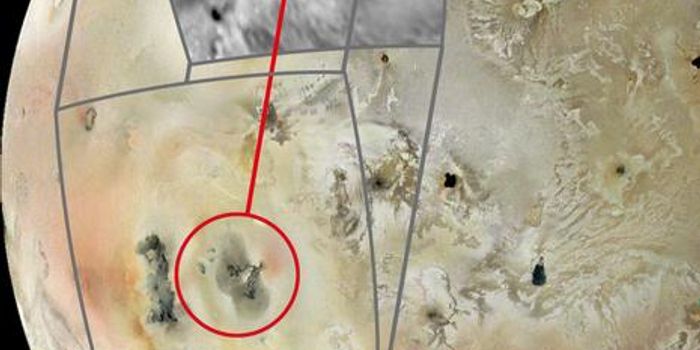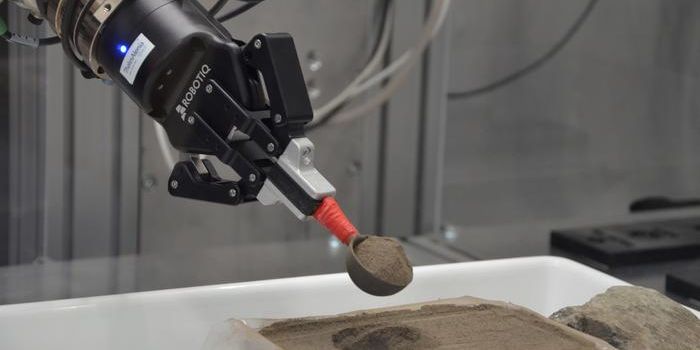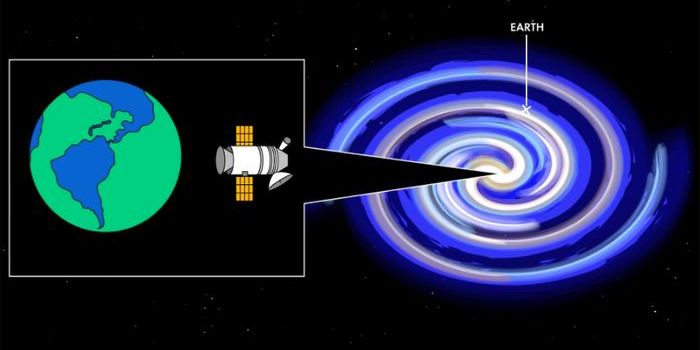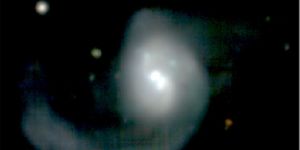Astronomers Identify Another Crucial Aspect for Planets to Support Life
For some time now, we have known of the 'Goldilocks zone'- a distance from the sun that leads to planets neither being too hot nor too cold for liquid water to be present and support life. But now, astronomers have found another vital ingredient for planets to host life.
According to new research, that ingredient is the 'Goldilocks star'- a star that is 'just right'. And it makes sense. Some stars, after all, such as the red M-type dwarves, while having a good temperature, have a Goldilocks zone so close to their surface that any planets there are at risk of being frazzled by violent flares. Another example of stars unlikely to support 'living' planets are blazingly large, highly-radiating, and short-lived blue OB stars.
Interestingly enough, though, our sun is also not a Goldilocks star. It is instead a G-type main-sequence star, sitting in between the red M-type dwarf stars and the OB variety. So what is a Goldilocks star?
According to scientists at Villanova University, the best stars for hosting life are known as K-type stars- orange stars a little cooler than our sun and a little warmer than a red dwarf.
For decades, these scientiets studied the impact of X-ray and ultraviolet radiation on the habitability of planets surrounding F to G type stars and M-type red dwarves. And they recently expanded their research to include data on K-type stars too.
While the habitable zone of K-stars is smaller, they are much more common than G-type stars (there are around 1000 of them within 100 light-years of our Solar System), and they have longer main sequence times. For example, while the main-sequence lifetime of our sun is around 10 billion years, K types have lifetimes ranging between 25 and 80 billion years, offering a much larger window for life to emerge.
And so far, K-type stars have shown to host Goldilocks planets. Kepler-442, for example, a K5 star, hosts one of the most promising Goldilocks planets in our search for extraterrestrial life, a rocky planet over twice the mass of Earth known as Kepler-442b.
Although interesting findings, the researchers acknowledge that other vital factors beyond star type are needed for life to occur. For example, even if a planet orbits a Goldilocks star, an elliptical orbit may produce temperature extremes that render the planet uninhabitable. Nevertheless, they say that their findings could represent a key piece of the puzzle needed to find other life in space.
Sources: Science Alert, Hubble Site









